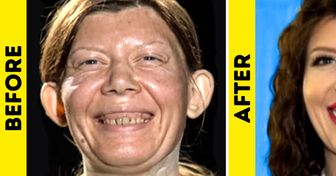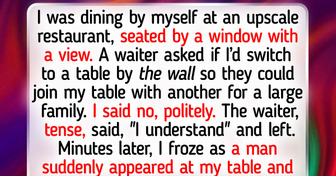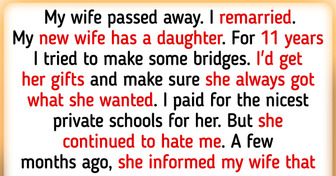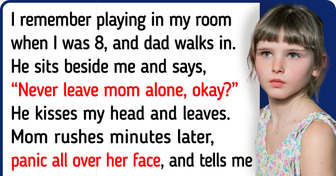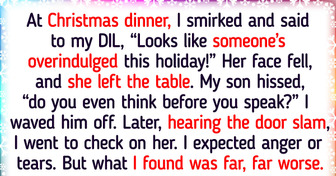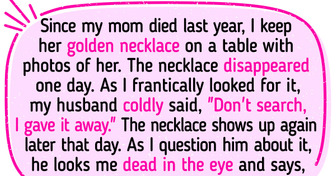16 Examples of Good Manners That Show You Are Dealing With a True Lady
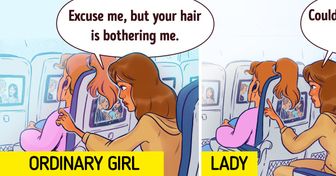
Are the letters SSSS on your boarding pass a reason to worry? What is much more dangerous than turbulence? Should you really try to be the first to board the plane? You’re about to figure it out!
You might have noticed that most planes have blue seats. There’s no mystery here: airlines opt for this color because it’s considered to have a calming effect. This color supposedly puts passengers at ease and helps even the most nervous flyers relax. But there’s also another, more practical reason. Stains, dirt, and scrapes are less visible on dark blue fabric.
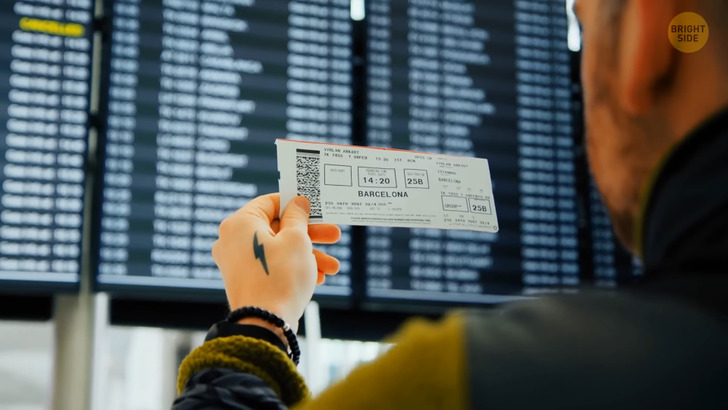
Never throw your boarding pass away in a public place. It contains tons of your sensitive information, including your name and frequent flyer number. This, in turn, may allow someone else to check your future bookings, change your seat, or even cancel your flights! So, the best way to deal with the boarding pass for a flight you’ve already boarded is to take it home and feed it through a paper shredder.
By the way, if you ever see the letters SSSS or *S* on your boarding pass, get ready for additional security checks. (Instead of these letters, there may be a “checkerboard” pattern.) Anyway, if you have any of these marks, your carry-on luggage can also undergo a thorough inspection. Why might they choose you for secondary screening? Some of the criteria are making a one-way reservation or paying cash for your ticket. In some cases, the selection is absolutely random.
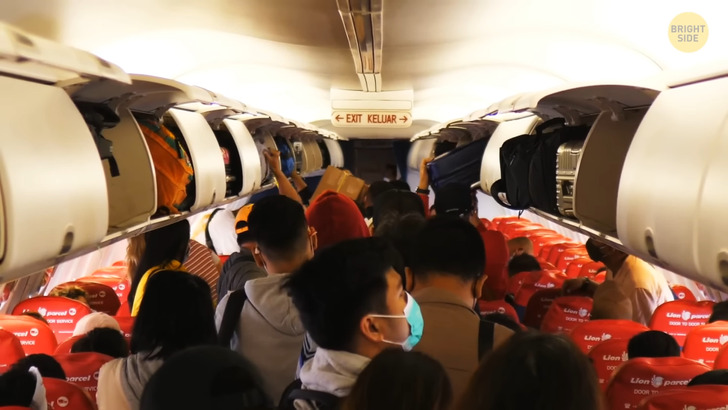
Look, your gate is open, and the boarding has started! Wait, where are you running? There’s no need to hurry! The trick experienced globetrotters use is “always board last.” For one thing, you don’t have to waste time standing in line. Then, there are fewer people on the Jetway and in the aisle. And you spend less time on the plane. No one is going to take your seat anyway!
There’s one exception, though! If you have a bulky carry-on bag, it may make more sense NOT to board last. Otherwise, the chances are high that all the overhead bin space will be occupied by the time you reach your seat. And then your bag may end up in another part of the plane. And you’ll have to wait till other passengers disembark before you get to your luggage! Duh.
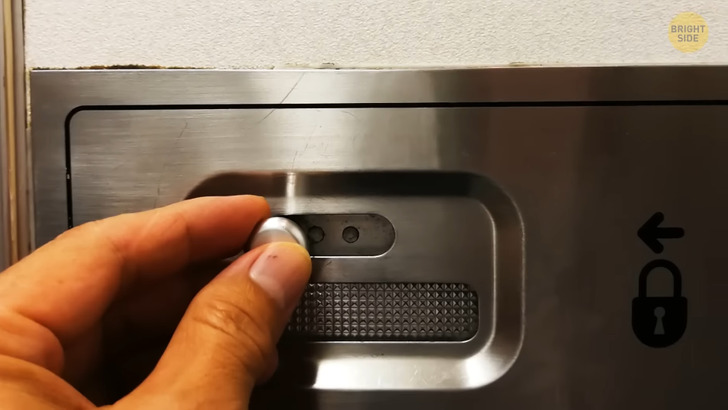
Before take-off and landing, flight attendants usually flip a small switch on the bathroom door. This prevents it from flying open when it’s not supposed to. With the same ease, a flight attendant can open the door when someone is inside. Look — they only need to lift the “lavatory” sign and move the knob into the unlocked position.
Pilots don’t worry about turbulence. That’s because they know that there’s a thing way more dangerous than any turbulence — it’s an updraft. In most cases, turbulence only drops you a couple of feet down — even though it might feel as if you’re falling from the top of the Empire State Building. If the turbulence is strong enough for the pilots to ask flight attendants to sit down, the plane can go 10–20 feet down.
The most extreme, white-knuckled turbulence is super rare. But an updraft is a big air mass (part of a storm or some other weather phenomenon) moving upward. Pilots don’t see updrafts on their radars at night. And when a plane hits one, it feels like driving over a huge speed bump at 500 miles per hour. An updraft is also extremely treacherous because it can push an aircraft upward to dangerous altitudes.
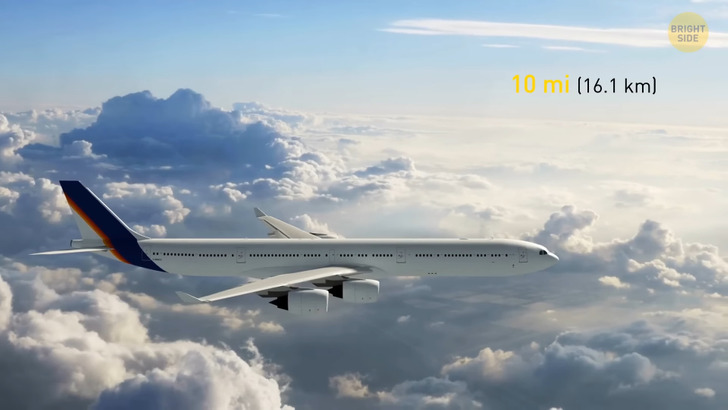
Modern planes have a special system that detects other aircraft, mountains, and different solid objects in their path. 10 miles away from another plane — and a voice in the cockpit starts chanting, “Traffic, traffic...” 5 miles closer, and the same voice begins to give pilots the directions.
Airplanes can operate with one engine, even during take-off and landing! Both engines failing simultaneously is almost unheard of. But even then, a plane wouldn’t drop from the sky like a rock. Pilots would have up to 20 minutes to find a suitable place to land.
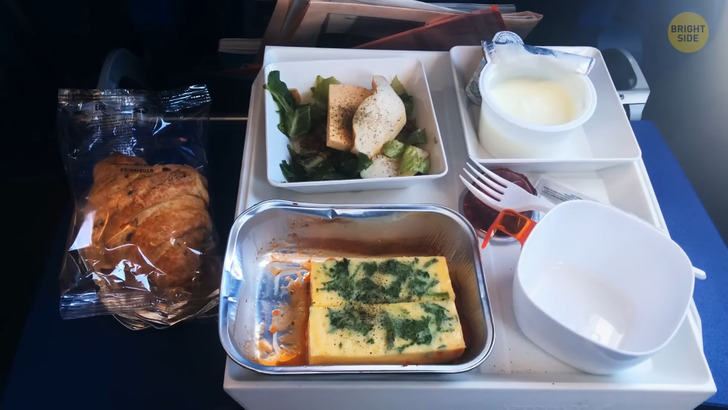
The way the cabin is pressurized has a great effect on your taste buds: you lose up to 30% of your ability to taste sweet and salty things! In other words, it’s not that airplane food isn’t tasty — you just don’t feel its flavor. That’s also the main reason why airline catering companies add extra salt and spices to the dishes they cook. But you know what may help you? Noise-canceling earphones. For some mysterious reason (that probably has a scientific explanation), cutting off all that noise around can help your taste buds!
Each of those “dings” you hear during the flight has its own meaning. In most airlines, a “boing” soon after take-off indicates that the landing gear’s getting retracted. Three “dings” in a row mean more urgency than just one. A high-low ringtone informs crew members that their colleagues need them in another part of the plane.
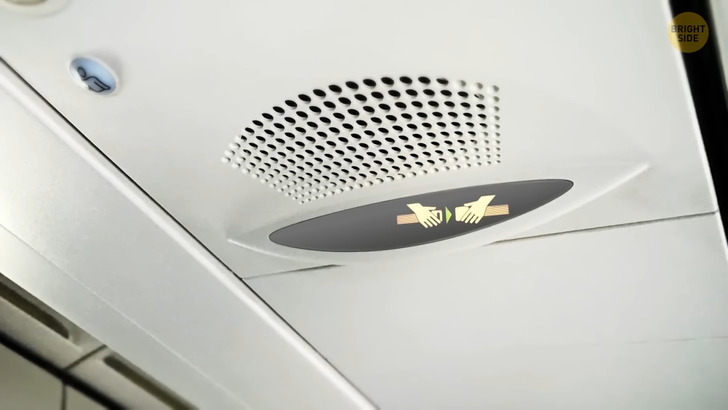
Three low chimes mean some serious turbulence ahead. Crew members are supposed to put away meal carts, take their seats, and fasten their seat belts. If you’re a nervous flyer, pick a seat in the middle of the cabin. Turbulence mostly affects the front and rear parts of the cabin. The middle section, which is over the wings, doesn’t shake so much.
Pilots and co-pilots eat different meals. The reason for this precaution is very simple: imagine both pilots having the same dish and getting food poisoning! In this case, neither of them will be able to control the plane! If they still want to have the same dish and won’t agree to have anything else, there’s a safety net. Pilots don’t have their meals at the same time. If one pilot ate the dish and still feels ok several hours later, the other pilot can brave their meal as well.
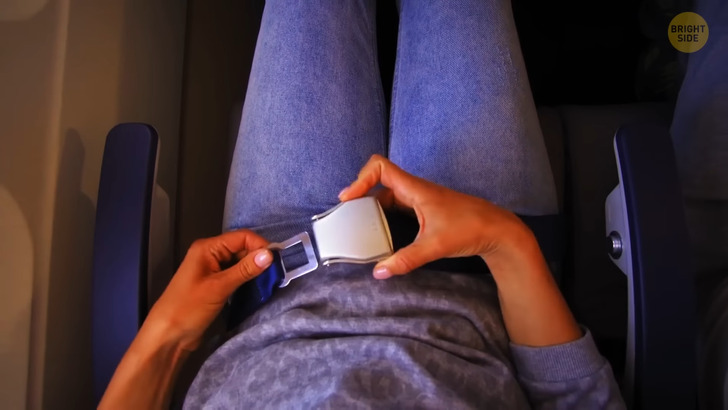
What would you say when asked about the filthiest place on a plane? Nope, that’s not the toilet seat! It’s not even in the bathroom. Flight attendants warn that you should be particularly careful with headrests, seat pockets, tray tables, and seat belts! Experiments have shown that one-third of all seat belts have yeast and mold on them.
Most tray tables are covered with bacteria. Seat pockets are extremely filthy, too. But headrests are the dirtiest of them all. In most cases, flight attendants don’t have enough time to change or disinfect them in-between flights.
If your captain announces they’re finishing some paperwork, it means they’re busy revising the flight itinerary or waiting for the ground staff to prepare the flight logbook. That’s a journal that contains the official record of a journey.
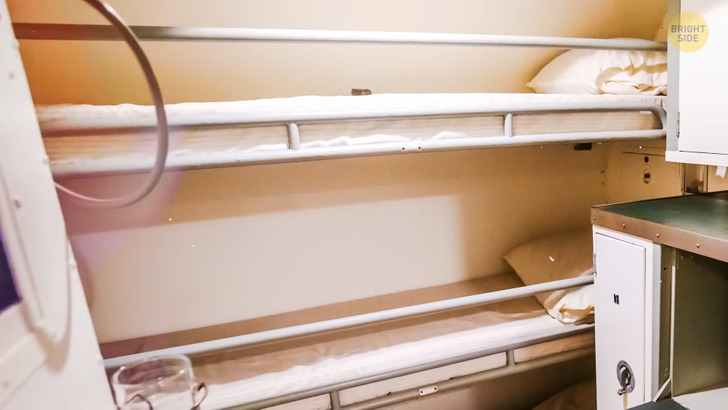
Some planes, especially those flying long distances, have secret bedrooms for crew members to catch some shut-eye. These bedrooms, called “crew rest compartments,” are located either at the back of the plane or behind the cockpit. Such a compartment can have up to 10 comfortable beds where flight attendants can rest.
Plane windows are made of super-strong plexiglass that can easily cope with high speeds. And the window panes are shaped in a special way — so that the higher pressure inside the cabin pushes them against the aircraft body. In other words, plane windows are very unlikely to get broken!
Once upon a time, plane windows were square. But the pressure built up in the corners of such windows, making them ultimate weak spots. This means that each square window had four weak spots. This made them likely to crash under the enormous stress of high altitudes. Luckily, making airplane windows curved solved this problem once and forever. Such a shape distributes the pressure and reduces the likelihood of cracks or any other damage.
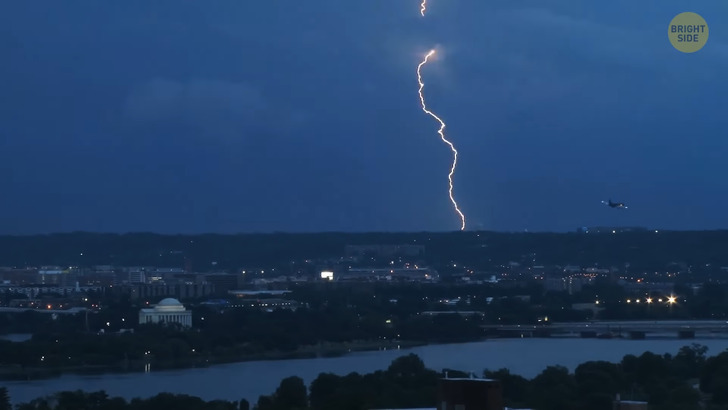
Planes regularly get struck by lightning — at least once a year or once per 1,000 hours of flight time. These days, it’s totally safe: the electric charge simply runs through the aircraft’s aluminum shell. It doesn’t cause the plane any damage.
But do you know that airplanes not only get hit by lightning, but they also trigger it? When an aircraft is flying through a cloud, the friction between its fuselage and the air creates static electricity. Sometimes, it can cause lightning.

